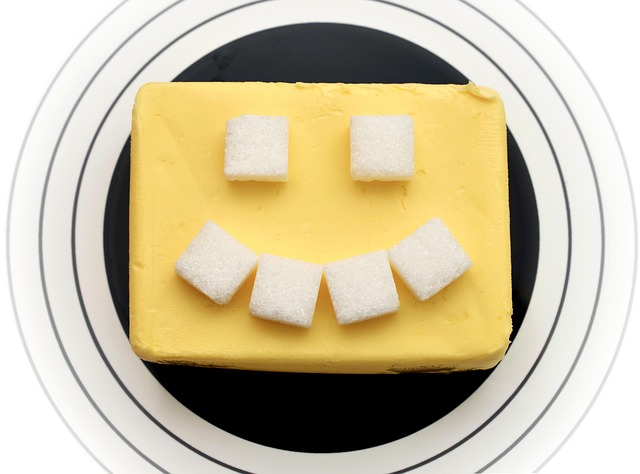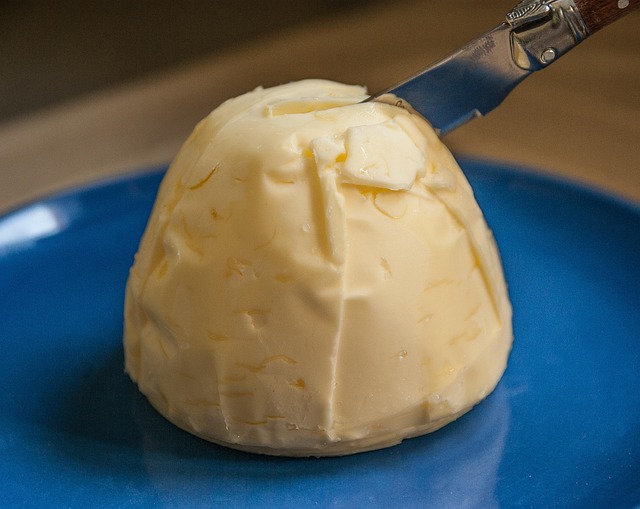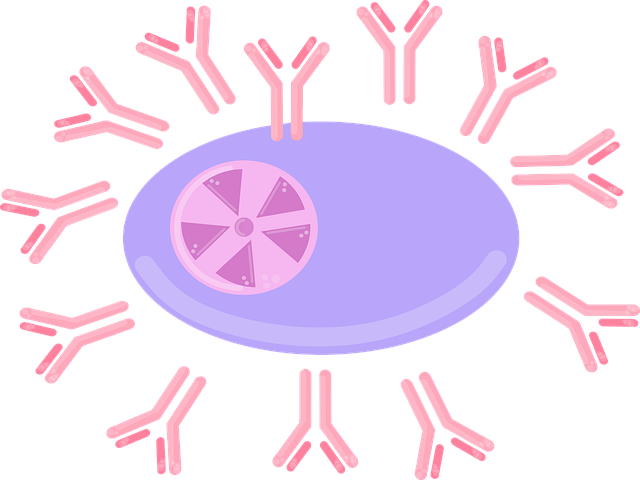Fat Cell Freezing (cryolipolysis) is a non-surgical, safe body contouring method using cold temperatures to break down and eliminate fat cells in targeted areas like abdomen, love handles, thighs and buttocks, yielding 20-60% reduction with minimal downtime. It's accessible for most with healthy BMIs, but side effects include temporary redness, swelling and numbness. Recovery is swift, and consistent exercise and diet post-treatment maintain results.
“Discover the transformative power of Fat Cell Freezing, a non-invasive body contouring technique revolutionizing the aesthetics industry. This comprehensive guide explores the science behind the technology, its remarkable benefits, and target areas for optimal results. From understanding the procedure to safety considerations and post-treatment care, we demystify fat cell freezing. Learn about eligibility criteria, step-by-step processes, and long-term outcomes, empowering you with knowledge to make informed decisions regarding this game-changing beauty treatment.”
Understanding Fat Cell Freezing Technology

Fat cell freezing, also known as cryolipolysis, is a revolutionary non-invasive procedure that utilizes cold temperatures to break down and eliminate fat cells. This technology has gained significant traction in the aesthetic industry due to its ability to target and reduce stubborn fat deposits without surgery or downtime. The process involves applying controlled cooling to specific areas of the body, causing fat cells to crystallize and subsequently die. As the treated area returns to normal temperature, these damaged fat cells are processed by the body and eliminated naturally.
The key to Fat Cell Freezing’s success lies in its precision. Advanced cooling technology allows for targeted treatment, ensuring minimal impact on surrounding tissues. This makes it an attractive alternative to surgical procedures like liposuction. With consistent results and a non-traumatic approach, fat cell freezing offers a promising solution for those seeking a more permanent reduction in body fat without the risks associated with invasive surgeries.
How Does Fat Cell Freezing Work?

Fat cell freezing, also known as cryolipolysis, is a non-invasive body contouring treatment that uses cold temperatures to break down and eliminate fat cells. During the procedure, a specialized device applies targeted cooling to specific areas of the body, causing the fat cells to crystalize and eventually die. This process leaves surrounding tissues unharmed.
Once the fat cells are frozen and destroyed, they are processed by the liver and naturally eliminated from the body through metabolism. Results can be seen over several weeks as the treated area begins to slim down and take on a more sculpted appearance. Fat cell freezing is particularly effective for reducing stubborn fat in areas like the abdomen, love handles, thighs, and buttocks.
Benefits of Non-Invasive Body Contouring

Non-invasive body contouring methods, like Fat Cell Freezing, offer a revolutionary approach to achieving a sculpted silhouette without the need for extensive surgery. This modern technique has gained popularity due to its minimal downtime and remarkable results. By targeting specific areas of fat, professionals can precisely freeze and destroy fat cells, leading to a reduction in stubborn pockets of fat.
One of the significant advantages is its safety profile. Unlike surgical procedures, Fat Cell Freezing is non-traumatic, making it an attractive option for individuals seeking a quicker, more comfortable alternative. This method also allows for targeted treatment, ensuring that only the desired areas are addressed while maintaining the overall health and integrity of surrounding tissues.
Target Areas for Fat Cell Reduction

When considering fat cell freezing as a non-invasive body contouring treatment, understanding the target areas for fat reduction is crucial. This procedure is particularly effective in treating specific problem zones where localized fat accumulation has proven stubbornly resistant to diet and exercise. Commonly targeted areas include the abdomen, love handles (lateral aspects of the midsection), flanks (side of the waist), thighs, and buttocks.
Each of these regions contains a higher concentration of fat cells, making them ideal candidates for fat cell freezing treatments. By targeting these specific areas, professionals can help clients achieve their desired body shape and silhouette without surgery or lengthy recovery periods associated with more invasive procedures.
Safety and Success Rates: What to Expect

Fat Cell Freezing, also known as cryolipolysis, is a non-invasive procedure with an impressive safety profile. The most common side effects are temporary redness, swelling, and numbness in the treated area, which usually subside within a few days. Serious complications are rare, but may include tissue damage if the freezing process isn’t performed correctly or if individuals have certain medical conditions.
Success rates for Fat Cell Freezing vary based on individual factors such as body type, treatment area, and adherence to post-procedure care instructions. Studies show that this method can reduce fat cells by 20-60% in targeted areas. While results may not be immediate, they are long-lasting, with most individuals seeing a noticeable improvement in their body contour for at least one year, and sometimes longer.
Candidate Eligibility Criteria

Fat Cell Freezing is a non-invasive procedure, making it accessible to a wide range of candidates. However, to ensure optimal results and safety, specific eligibility criteria must be met. Potential patients should be in generally good health, with no significant medical conditions that could complicate the process or affect healing. This includes a BMI within a suitable range, typically between 20 and 40, as extreme obesity may pose challenges during the treatment.
Additionally, individuals planning to undergo Fat Cell Freezing should not have any active infections, as this might impede the body’s natural healing processes. Certain medications and supplements can affect clotting, so patients must disclose their current medication regimen. While it’s an effective method for many, individuals with certain skin conditions, such as eczema or severe dryness, may need to consider alternative treatments due to potential skin irritation during the procedure.
The Procedure Step-by-Step

The procedure for fat cell freezing, or cryolipolysis, involves several precise steps. It begins with a consultation where a healthcare professional assesses your medical history and determines if you’re a suitable candidate for the treatment. If approved, the process starts with the application of a cooling device to targeted areas, typically the abdomen, flanks, or thighs. This device uses controlled cooling technology to reduce the temperature of fat cells, causing them to crystallize and subsequently die.
During the procedure, patients may experience a tingling sensation as the area cools. The treatment time varies but usually lasts between 30 minutes to an hour. After freezing, the body naturally processes and eliminates the damaged fat cells in the following weeks. It’s important to maintain a healthy lifestyle, including proper diet and exercise, to maximize results and ensure the removal of these cells from the body.
Recovery and Aftercare Tips

After a fat cell freezing treatment, recovery is typically swift. Patients may experience temporary redness, swelling, or discomfort in the treated areas, but these symptoms usually subside within a few days to a week. It’s important to remember that everyone’s body reacts differently, so it’s crucial to follow your healthcare provider’s aftercare instructions precisely.
To aid recovery and maintain optimal results, avoid strenuous activities for the first 24-48 hours. Keep the treated areas elevated if possible, and apply a cold compress for 15-20 minutes at a time, several times a day, to reduce swelling. Over-the-counter pain relievers can help manage any lingering discomfort. Additionally, maintain a healthy diet and stay hydrated to support your body’s natural healing processes. Avoid sun exposure during the recovery period, as sunlight could potentially affect the treatment’s effectiveness.
Long-Term Results and Maintenance

The long-term results of fat cell freezing have shown promising outcomes, with many patients experiencing significant reductions in adipose tissue. This non-invasive procedure offers a relatively quick and efficient way to sculpt the body without incisions or recovery time. Over time, as new fat cells continue to form, maintaining the results requires consistent effort. Regular exercise and a balanced diet play a crucial role in preserving the desired shape post-treatment.
While Fat Cell Freezing provides lasting benefits, it is not a permanent solution. To sustain the results, patients should adopt a healthy lifestyle, including regular physical activity and mindful dietary choices. This approach ensures that the remaining fat cells do not expand, contributing to a more sustained and optimal body contour.
